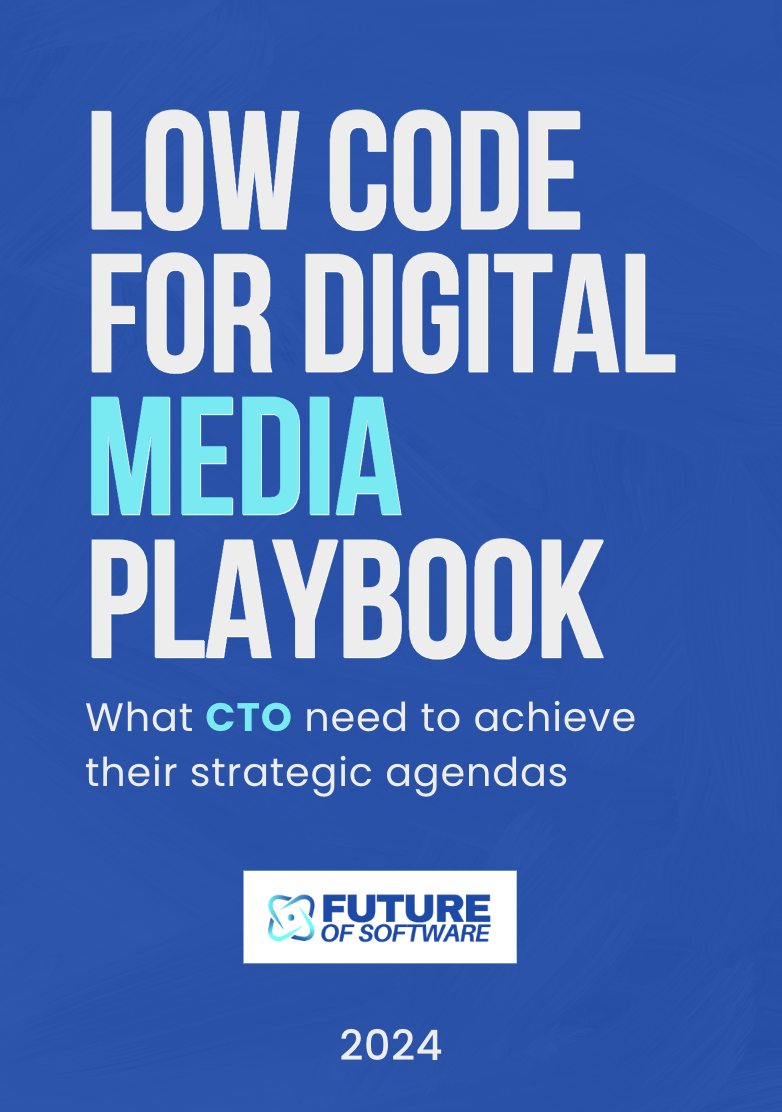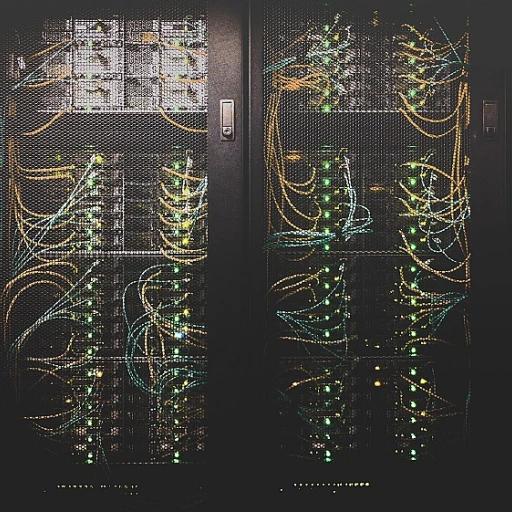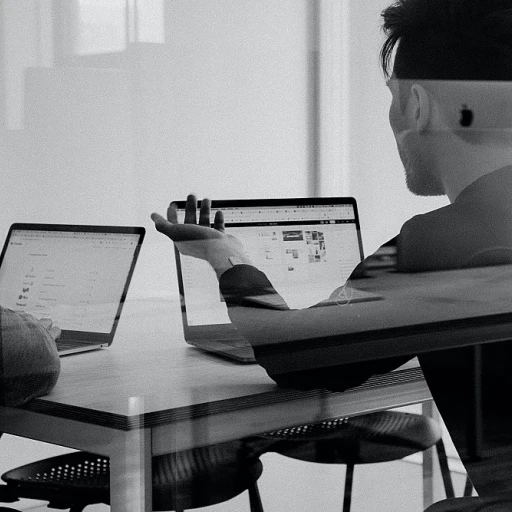Understanding Headless CMS
Peeking Into the Future of Headless Content Management
The world of content management has seen a shift, and developers are riding this wave with the use of headless CMS, a newer approach for serving content. With its unique structure, this system offers a way to store content without being tied to a single presentation layer. This separation allows content to be served across various devices and platforms, making it a modern choice for those looking to deliver content everywhere at once. Imagine traditional CMS as a complete package system. The frontend and backend are tightly knit, and while they work fine for straightforward websites, they start to feel restrictive in our fast-paced, multidevice world. Enter headless CMS, which decouples these aspects to give developers more freedom. With no fixed front. The content plays a central role, allowing it to be rendered in any way the developer or the client wants. The brilliance of headless CMS lies in its use of APIs (Application Programming Interfaces) to fetch and present content. This API-first approach is a real game-changer for developers because it can be paired with virtually any frontend technology. Whether you're crafting a sleek mobile app or designing a full-blown web application, you can interact with the backend using APIs without worrying about what happens behind the scenes. As developers and content creators look for flexibility, tools like GraphQL promise real-time data fetching. This is handy for applications needing instant updates, like news sites or social media platforms. With headless CMS, each React component interacts with these APIs, crafting a seamless experience. It allows React applications to stay interactive and fresh with minimal effort. Excited to know what's next in putting React and headless CMS together? Discover how you can enhance your web development process by incorporating React with headless CMS.The Role of React in Modern Web Development
React: Shaping the Next-Gen Web Experiences
React has been making waves in web development, offering developers an efficient way to create dynamic and reactive web applications. The JavaScript library provides a component-based architecture that changes how developers structure applications. This shift from traditional approaches allows for better flexibility in content management and user interface development. React applications stand out due to their ability to create real-time user interfaces. By handling data updates and syncing with a dynamic content management system, applications offer smoother interactions. HTTP APIs and GraphQL have become essential partners in this ecosystem, providing a simple pathway for data handling and content delivery. Developers can design applications where components update automatically whenever there's input or data changes, creating seamless real-time experiences for users.Bringing React and Headless CMS Together
Now, let's talk integration. Combining React with a headless CMS is like bringing together two powerhouses to create a responsive and agile content delivery machine. With this setup, developers aren't restricted by the traditional CMS structure. Instead, they utilize the CMS as a backend service focused solely on content storage and delivery. By employing APIs, React applications can pull data from a headless CMS, allowing content creators the freedom to manage and update content without interfering with the developers working on the frontend design. This separation ensures that content and visuals are always synchronized, reducing bottlenecks in deployment and scaling processes. To learn more about how React complements the functionality of headless CMS in transforming web development strategies, check out the detailed analysis on Exploring the Potential of Headless CMS with React.The Upside of Harmonizing React and a Headless CMS
The combination of React and a headless CMS presents exciting possibilities:- Scalability: Ability to handle heavily trafficked sites due to React's efficient rendering process.
- Performance: Improvement in loading times and responsiveness.
- Consistency: Headless CMS stores content as data entities ensuring concurrent versions across different platforms.
- Content Creator Freedom: Content creators can focus on content without worrying about the application interface.
- Customizable Interfaces: Developers have the liberty to build interfaces that offer unique user experiences without corresponding changes in the content structure.
React's Place in the Modern Web Development Space
Web development is all about creating applications that speak to users. React's design philosophy, which centers around interactive and intuitive user interfaces, is perfectly aligned with this goal. By offering reusable components, developers save time and resources while maintaining a consistent codebase. It empowers developers, optimizes workflow and opens doors to innovative applications. The future of React and headless CMS integration seems to lie in refining these methodologies to offer even better performance, usability, and functionality. React's ongoing popularity and improvements indicate a promising potential in shaping the web's next generation, one streamlined, real-time application at a time.Integrating React with Headless CMS
React's Integration with Headless CMS: A Harmonious Alliance
Advantages of Using React in Headless CMS
React's Flexibility in Content Management
React has become a favorite among developers for its flexibility and efficiency, especially when working with headless CMS systems. These systems separate the content management backend from the frontend, allowing developers to choose their preferred tools to create engaging user experiences. React's component-based architecture fits perfectly into this model, making it easier to build reusable UI components that can be plugged into any part of the application.
Real-Time Data Handling
One of the standout features of React is its ability to handle real-time data updates seamlessly. This is particularly beneficial in content-heavy applications where data needs to be displayed and updated instantly. Using React in a headless CMS setup, developers can leverage APIs like GraphQL to fetch and manage data efficiently, ensuring that users always see the most up-to-date content without unnecessary reloads.
User-Friendly Development Experience
For developers, working with React in a headless CMS offers a more streamlined development experience. The clear separation between content management and presentation allows developers to focus on building the frontend with modern JavaScript practices. React's extensive library of open-source components and community support also means that developers can quickly find solutions and integrate new features into their applications.
Empowering Content Creators
React doesn't just benefit developers; it also empowers content creators. With a headless CMS, content creators can manage and update content without worrying about breaking the frontend. React's flexibility allows developers to create custom content editing interfaces that are intuitive and user-friendly, making it easier for non-technical users to manage their content.
Scalability and Performance
React's performance optimizations, such as virtual DOM and efficient state management, make it an ideal choice for scalable web applications. As the demand for content grows, React applications can handle increased loads without compromising on speed or user experience. This scalability ensures that both developers and content creators can continue to deliver high-quality content to users, regardless of the application's size or complexity.















